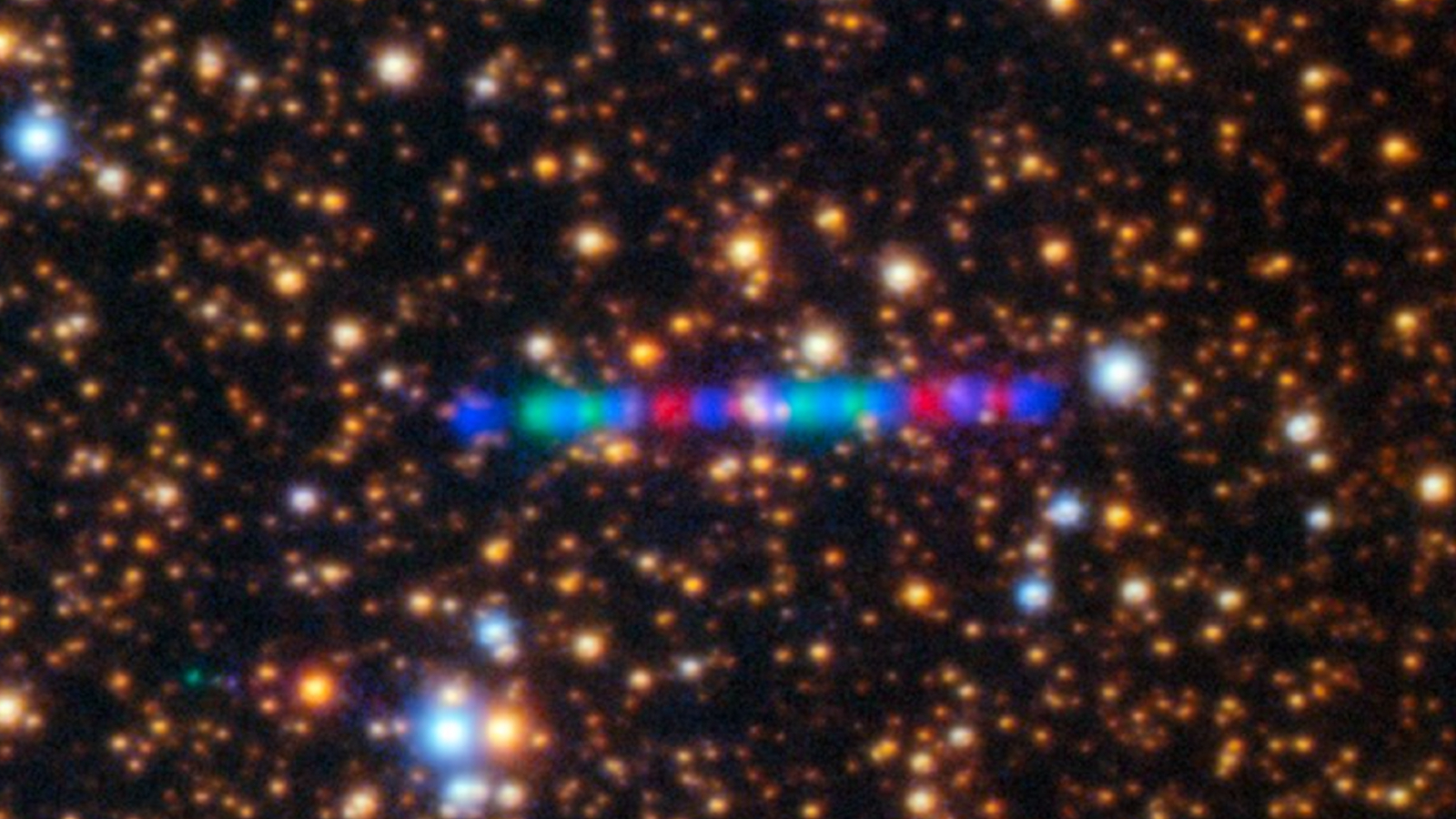A new interstellar visitor is captivating astronomers worldwide: Comet 3I/ATLAS, the third confirmed object from beyond our solar system, is making a historic flyby—and it’s bringing more questions than answers.
A Rare Guest from Deep Space
Discovered in July 2025 by the Asteroid Terrestrial-impact Last Alert System (ATLAS) in Chile,
3I/ATLAS—also known as C/2025 N1 (ATLAS)—is only the third interstellar object ever detected passing through our solar system, following the famous ‘Oumuamua and comet 2I/Borisov. What makes 3I/ATLAS especially intriguing is its
size and brightness: it’s the largest and brightest interstellar object observed to date, offering scientists a unique opportunity to study material from another star system.
Where Is 3I/ATLAS Now?
Right now, 3I/ATLAS is within Jupiter’s orbit, about
323 million miles (520 million km) from Earth and
420 million miles (670 million km) from the sun. The comet will make its closest approach to Mars on October 2, coming within 18 million miles (30 million km), and reach its closest point to the sun (perihelion) on October 29, traveling at a blistering
152,000 miles (245,000 km) per hour. Its closest approach to Earth will be on December 19, but it will remain a safe distance—no threat to our planet.
Scientists Mobilize: Imaging and Analysis Frenzy
Astronomers are pulling out all the stops to observe 3I/ATLAS before it disappears forever. The comet has been imaged by the
Very Large Telescope, Hubble, Webb, SPHEREx, and Gemini telescopes, revealing a glowing tail and increasing activity as it nears the sun. The most recent images, captured by Gemini South on August 27, show the comet’s tail stretching longer and its brightness intensifying.
Because 3I/ATLAS is so faint—about
2.5 million times dimmer than Polaris—only powerful telescopes equipped with sensitive cameras can capture it. Amateur astronomers will need patience and serious equipment to glimpse this cosmic traveler.
What Makes 3I/ATLAS So Special?
-
Primordial Origins: Scientists estimate 3I/ATLAS is likely more than
seven billion years old, making it about twice as old as our sun.
-
Interstellar Composition: Studying its makeup could unlock secrets about the formation of other star systems and the chemistry of the Milky Way.
-
Galactic Journey: Early research suggests 3I/ATLAS may have originated from the Milky Way’s “thick disk,” a region containing most of our galaxy’s stars.
The Hunt for More Interstellar Visitors
The arrival of 3I/ATLAS signals a new era in astronomy. With advanced telescopes like the Rubin Observatory coming online, scientists expect to discover dozens more interstellar objects each year—potentially hundreds over the next decade. These cosmic messengers could transform our understanding of the galaxy and the origins of our solar system.
What’s Next for 3I/ATLAS?
By late October, 3I/ATLAS will slip behind the sun, temporarily out of view. It will reemerge in November before continuing its journey out of the solar system, never to return. Astronomers are already planning to use missions at Mars and Jupiter to capture more data while they can.
Takeaway: If you’re fascinated by the mysteries of the cosmos, now is the time to follow the story of 3I/ATLAS. This rare interstellar visitor is a fleeting chance to glimpse the building blocks of distant worlds—and it’s inspiring a new generation of astronomical discovery.
Sources
1. Interstellar Comet 3I/ATLAS is Making Its Way Closer to ...
2. New interstellar object 3I/ATLAS: Everything we know about ... - Space
3. Comet 3I/ATLAS in pictures. These are all the images of ...
4. 3I/ATLAS: Everything you need to know about the new 'interstellar ...
5. Studying a distant visitor: What we know about Interstellar ...
6. Here we go again! Controversial paper questions whether ... - Space
7. 3i/ATLAS Interstellar Comet Update for September 22, 2025
8. Comet 3I/ATLAS - NASA Science
9. Interstellar Comet 3I/Atlas Is About To Be Hit By A Coronal ...
10. 3I/ATLAS: The third interstellar object ever found
11. Avi Loeb: 3I/ATLAS is far more massive than expected ...
12. Our solar system has a new interstellar visitor: Meet 3I/ATLAS
13. Comet 3I/ATLAS Multimedia
14. Telescopes Reveal Surprising Chemistry of a Rare Interstellar ...
15. Interstellar Object 3I/ATLAS Appeared To Turn From Red ...
16. As NASA Missions Study Interstellar Comet, Hubble Makes Size ...
